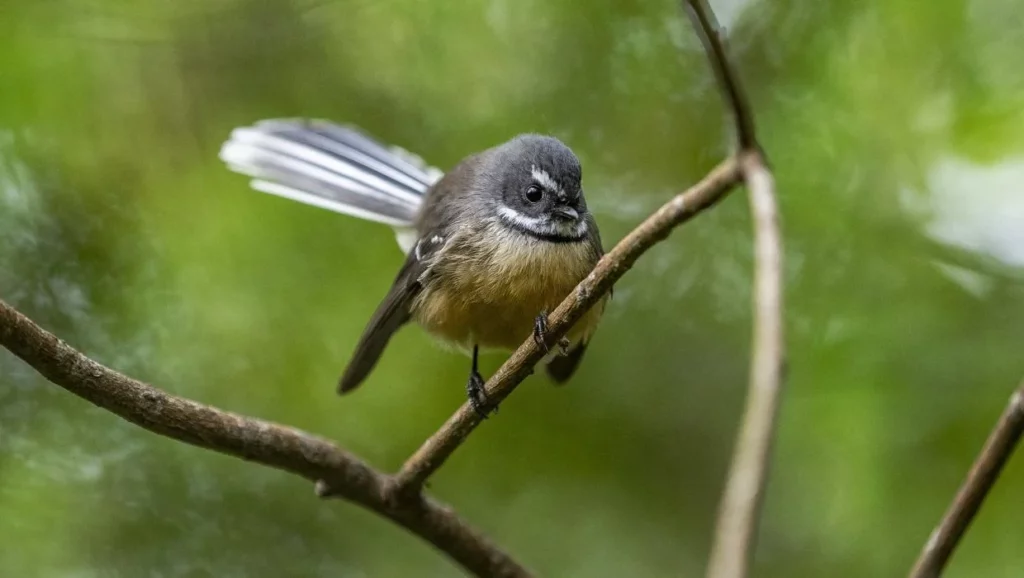
This story by Will Harvie originally appeared in The Press.
Bird watchers and gardeners are being urged to keep a lookout for feathered visitors as the annual garden bird survey kicks off with hopes strong that tūī sightings will be up again in Canterbury.
The annual survey by Manaaki Whenua-Landcare Research encourages all New Zealanders to record birdlife in their garden, a park, school or marae for a single hour each day from June 24 to July 2 and submit results here.
Landcare is interested in birds – including introduced birds – that show up in residential gardens. Lots of famous New Zealand birds don’t live in close contact with humans, including kiwi, kea, tītitipounamu-riflemen, kāhu-harrier, and kuaka-godwit.
Except for two gulls, there are no seabirds, no shorebirds, no waterfowl and no raptors. People aren’t being asked to count their chickens – although there are two “other” slots.
The survey has been critical to show trends in Canterbury over the last decade, which has seen a rise in pīwakwaka-fantail and tūī numbers while korimako are holding steady and tauhou are in decline.
Digging deeper, pīwakawaka-fantail numbers in Canterbury increased by 191% between 2012 and 2022, although the rate of increase had slowed in the last five years.
Tūī in Canterbury are up a whopping 266% over the 10 years to 2022, but again the increase has slowed in recent years. It is worth noting tūī had effectively disappeared on Banks Peninsula until 72 adults were translocated to Hinewai Reserve in 2009 and 2010, contributing to the jump in figures reported. (The survey only reports percentage increases in sightings.)
Read the full article





